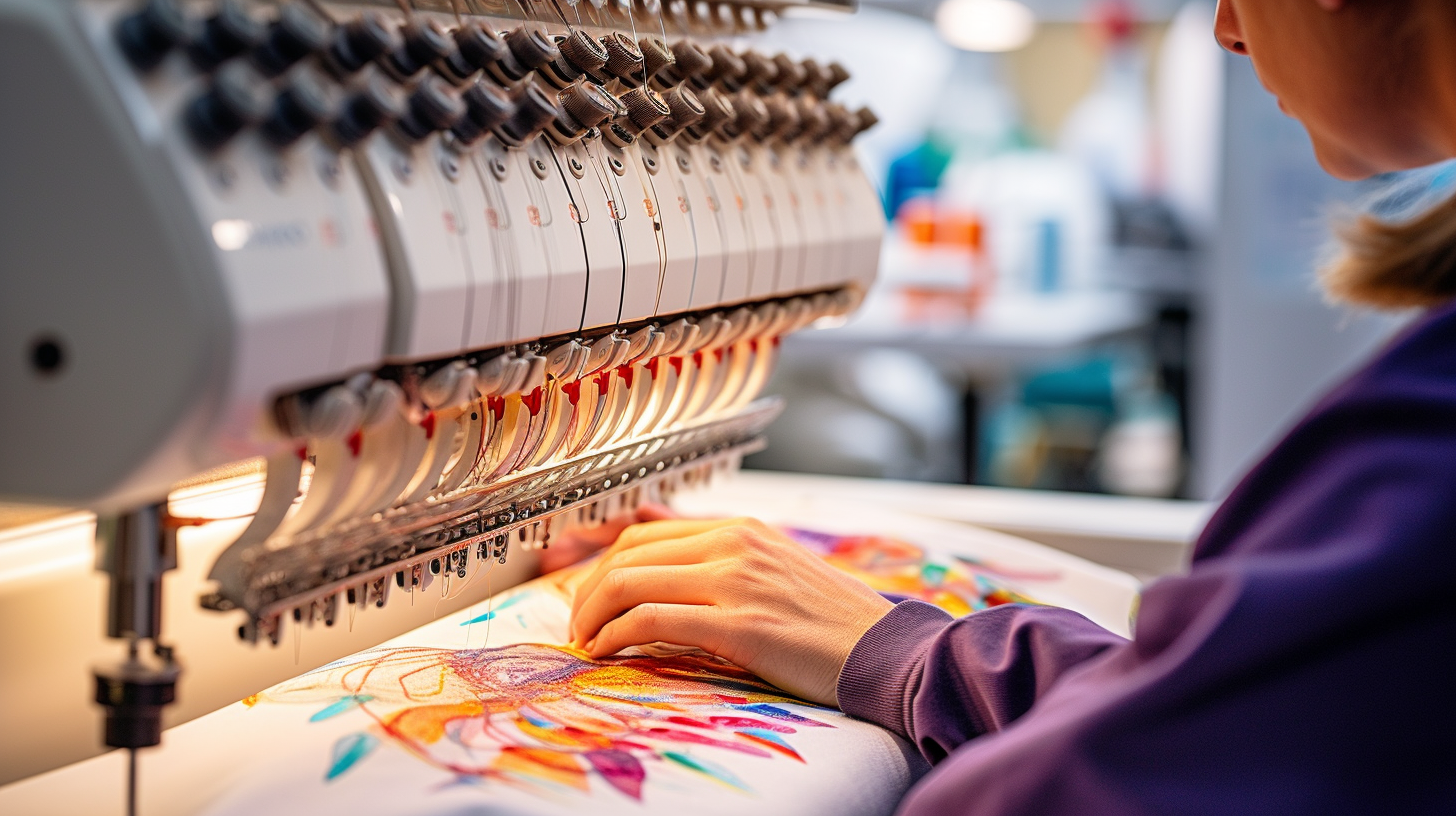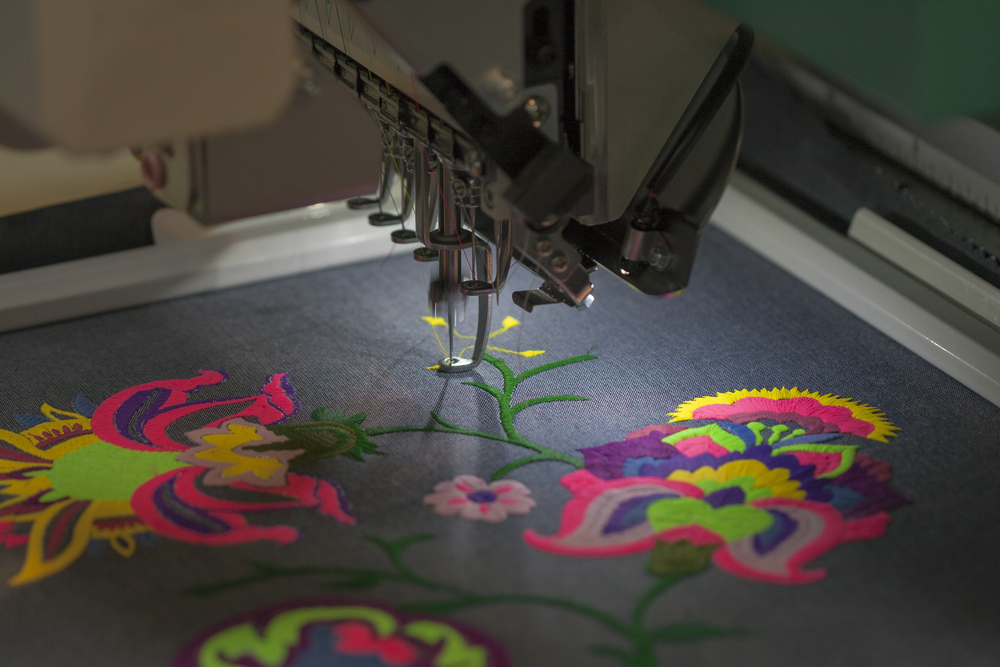Top Quality Digitizing for Embroidery: Professional Workmanship
Top Quality Digitizing for Embroidery: Professional Workmanship
Blog Article
Simplifying the Art of Needlework Digitizing: Step-by-Step Overview
As technology continues to breakthrough, the digitization process has come to be extra available, enabling enthusiasts to bring their intricate layouts to life with ease. In this overview, we will unravel the complexities of needlework digitizing, damaging down each step carefully to enhance the procedure and empower both novices and experienced embroiderers alike.
Comprehending Needlework Digitizing Software Program
Needlework digitizing software program functions as a critical device for transforming intricate styles right into digital formats suitable with embroidery makers, facilitating specific sewing and personalization. This specific software allows individuals to import various image documents layouts, such as JPG or PNG, and convert them right into embroidery machine-readable layouts like DST, EXP, or PES - Digitizing for Embroidery. By using features like stitch editing and enhancing, rug alternatives, and thread color choice, digitizing software allows customers to manage every aspect of the design process
Additionally, advanced needlework digitizing software provides devices for developing complex layouts, adjusting stitch thickness, and integrating complex information. Individuals can also sneak peek the style before stitching it out, guaranteeing precision and lessening mistakes. Furthermore, several software application provide automatic functions that help enhance the digitizing procedure, conserving time and effort.
Comprehending the abilities of embroidery digitizing software is important for attaining high-grade cause needlework jobs. By understanding this device, embroidery enthusiasts and specialists can release their imagination and bring complex designs to life with accuracy and effectiveness.

Picking the Right Layout Data
After acquainting yourself with the capacities of embroidery digitizing software program, the next critical action in the procedure is selecting the appropriate style data for your job. Digitizing for Embroidery. When picking a layout apply for needlework digitizing, it's important to consider the complexity of the style, the dimension of the end product, and the kind of material you will be working with
For intricate layouts with fine information, a high-resolution image or vector file is recommended to ensure that the needlework device can precisely recreate the style. Furthermore, the size of the end product plays a substantial duty in selecting the ideal style file. Bigger designs may need higher resolution files to maintain clarity and intensity.
Moreover, the type of fabric you will certainly be stitching on influences the selection of style file. Different fabrics might need modifications in the style file to guarantee that the stitches are properly lined up and the design appears as meant. By very carefully choosing the appropriate design data based upon these factors, you can establish on your own up for an effective needlework digitizing process.
Digitizing Tools and Techniques
Using specialized software program and accuracy methods, digitizing tools are vital in changing complex designs right into embroidery-ready files. Needlework digitizing software program, such as Wilcom, Hatch, or Embrilliance, gives the essential platform to convert art work right into stitch data. These programs supply functions like stitch editing, rug choices, and lettering tools to make certain the design translates perfectly onto fabric.
Among the key methods in digitizing is creating a clear course for the needlework equipment to comply with. This includes digitizing each element of the style with precision, establishing stitch types, densities, and instructions. By utilizing devices like digitizing tablet computers or software-specific plugins, embroiderers can achieve a high degree of precision in their digitized designs.
Furthermore, understanding the art of underlay sewing is crucial for creating high quality needlework. Underlay stitching supports the textile and creates a foundation for the style, making certain click reference that the last product is both visually attractive and durable. By comprehending these digitizing tools and methods, embroiderers can raise their craft and bring intricate styles to life with accuracy and effectiveness.
Personalizing Stitch Types and Directions
The choice of stitch kinds can significantly affect the overall appearance and structure of the embroidered layout. By tactically incorporating these stitch types, embroiderers can attain depth and measurement in their layouts.
Furthermore, the direction of stitches plays a vital role in improving the aesthetic appeal of the last embroidery. Numerous stitch directions can add texture, emphasize certain components, and create aesthetic interest. For example, transforming the angle of stitches can simulate motion or all-natural patterns like hair or plumes. By try out different stitch angles and patterns, embroiderers can bring their styles to life with exceptional information and complexity. Mastering the art of tailoring stitch kinds and instructions empowers embroiderers to release their imagination and elevate the high quality of their job.
Screening and Refining Your Digitized Style
To make sure the precision and quality of your digitized design, comprehensive screening and refinement are necessary action in the embroidery digitizing process. As soon as you have completed the digitization of your style, it is essential to check it prior to try here proceeding with the real needlework. Checking enables you to identify any kind of possible problems such as string breaks, stitch density problems, or layout distortions that might affect the outcome.

After get redirected here testing, it is essential to fine-tune your digitized design based on the feedback from the examination sew-out. This might entail tweaking sew settings, adjusting densities, or making changes to the total style to attain the wanted end result. By iterating via screening and improvement, you can tweak your digitized design to perfection prior to progressing with the actual needlework process.
Conclusion
To conclude, understanding the art of embroidery digitizing requires a comprehensive understanding of the software, choosing the appropriate design data, making use of digitizing devices and techniques, tailoring stitch types and directions, and testing and improving the digitized layout. By following these steps, embroiderers can simplify the digitizing process and create top notch stitched styles with precision and effectiveness.
Report this page